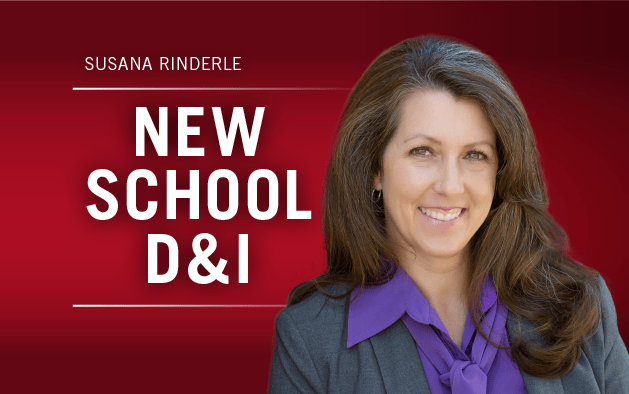 Lately I’ve been getting inquiries about doing cultural sensitivity training. Such requests usually rub me the wrong way and prompt my curiosity. What’s underneath is usually benign and sometimes inspiring, but requires some education and exploration.
Lately I’ve been getting inquiries about doing cultural sensitivity training. Such requests usually rub me the wrong way and prompt my curiosity. What’s underneath is usually benign and sometimes inspiring, but requires some education and exploration.
Cultural sensitivity rubs me wrong because it’s ineffective and even insensitive. There are three reasons. First, it indirectly calls out a limiting belief that the solution is that “we” need to be more “sensitive” to “them.” This belief is well-intended, but often has negative effects. Typically it carries an unspoken, even unconscious racial tone — a belief that white people need to be more sensitive to people of color, or to a particular racial or ethnic group. It reinforces a perceived or real power imbalance — a notion that the solution to a problem is that I be more sensitive to you. This implies that you are fragile and need to be handled gently so you don’t break. It also implies that the success of our relationship is entirely my responsibility — perhaps because you are incapable of being a full adult or equal partner. My colleague Simma Lieberman makes a strong case for how sensitivity training is patronizing and even damaging to the targets of the sensitivity.
The “we need to be more sensitive to them” belief is incomplete and imbalanced, which is why white people tend to eye roll or resist anything called sensitivity training. Also, communities of color and non-dominant groups in general don’t want cultural sensitivity training, nor do they want to be the subjects of such training. They don’t want more compassion. They want meaningful action, tangible results, an inclusive culture and equitable treatment — a work environment where everyone feels safe and welcome to bring their full and best selves to work. Perhaps in your organization the intended subjects of cultural sensitivity want something else. Have you asked?
Second, not only does “cultural sensitivity” training (indirectly) place responsibility entirely on white/dominant group members, but it also doesn’t usually build new skills. Participants are given generalized, sometimes stereotypical information about cultural or racial groups, perhaps walked through ways to build awareness, then sent back to their job duties tasked with being more sensitive. This can create an environment of walking on eggshells that is a barrier to effective communication and authentic relationships. Because what does “sensitive” mean? What does it look like? How does it feel? What are the behaviors that come across that way? Those are the key, more meaningful questions to ask.
Rather than just learn about other groups, we need to develop intercultural effectiveness — the ability to be creative and flexible, connect authentically and equitably, and communicate effectively across human differences however and whenever they show up.
Third, cultural sensitivity training rarely has clear goals that get at the root of whatever problem needs to be solved. What is the problem that cultural sensitivity training is intended to remedy? Often it’s poor morale, communication disconnects, the fallout of a conflict, customer complaints or any number of human relationship problems. And what are the undesirable outcomes stemming from this human relationship problem? Attrition? Low productivity? High rate of major errors? Lawsuits? Lost market share or profit?
Getting clear about the problem allows you to get clear about your goals. What is the intended goal of the cultural sensitivity training, or your desired outcomes in general? Implementing a training program that has no goals, measurable results or clear outcomes tied to organizational mission and values is a waste of time and resources and one reason they fail. Is the goal more effective communication and authentic relationships? More joy, ease and humor in the workplace?
And what will you have once you have those things, that the organization values? Improved efficiency? Greater employee or customer satisfaction that leads to better results? Being better equipped for growth or change? Wilder innovation and creativity? Larger market share and higher profit? Once you know the goal, the next question is: What will get us there? Leadership coaching, better accountability or process improvement may be the answer, not training.
Knowing the true problem that cultural sensitivity training is intended to address, the organizational and business goals that will be served once that problem is remedied, aligning good intentions with positive and equitable impacts, and building effective communication skills across your organization will set you up for better success. Who knows, you might not need cultural sensitivity training after all!

